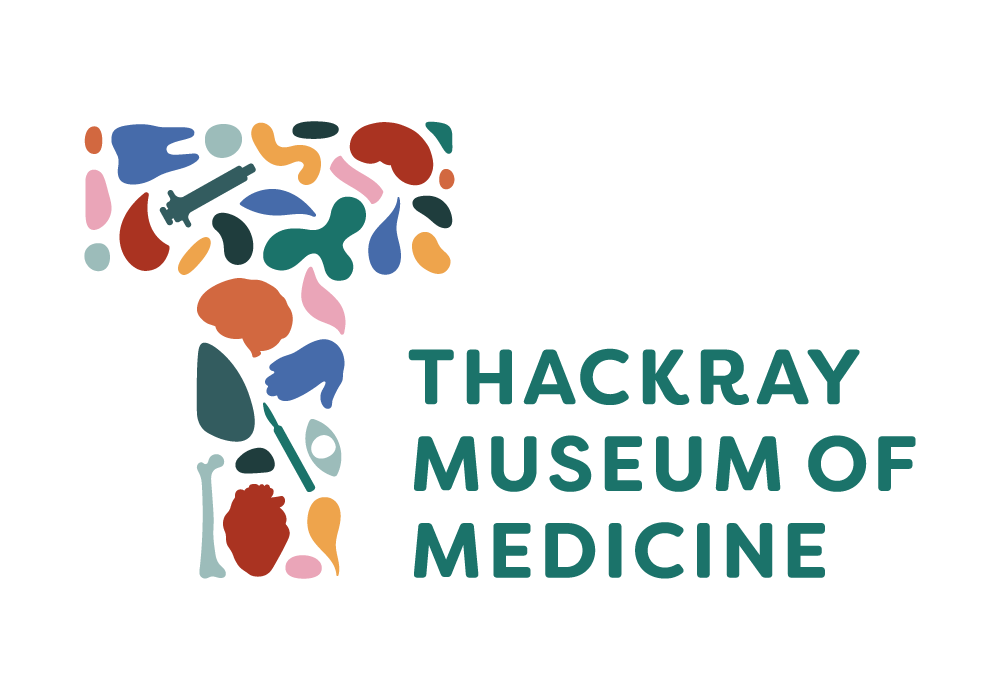Sara Josephine Baker (1873-1945)
Did you know… Sara Josephine Baker helped turn the tide on infant deaths in New York slums in the early 1900s?
A shocking death rate in New York slums led to a transformation in public health that changed the lives of women and children.
Sara Josephine Baker led a programme of education for mothers that focused on good hygiene and uncontaminated formula. She also led the way for Midwives getting formal training and schools having doctors and nurses.
Sara Josephine Baker was an American physician who specialised in public health and in particular, infants.
Based in New York, she fought against the impacts of urban poverty on people’s health, especially new-borns and children. Baker worked in ‘hell’s kitchen’ a notorious slum area of New York.
Death rates were as high as 4,500 a week and babies could account for up to 1,500 of those deaths. She identified that dysentery was the most common cause of infant death, caused by poor education and poor hygiene.
She drew attention to her cause by showing that American babies had a higher mortality rate than soldiers fighting in the First World War.
Along with a group of nurses she set to work in hell’s kitchen through a programme of education for mothers. They taught women how to care for their babies; manage their temperature, wash and dress them, provide a good diet, prevent night-time suffocation and generally practice good hygiene.
She also set up a milk station to provide formula which wasn’t contaminated, unlike many of the options available on the American market. The availability of formula also meant mothers could return to work and help provide for their families.
Baker and her team dramatically improved the lives of infants in New York and brought down the infant mortality rate. But Baker noticed that women and babies were still very much at risk during childbirth. Mothers were either attended by relatives or by midwives who were excluded from medical training. Baker convinced authorities that midwives should be trained and licenced to improve safety.
Attention was also turned on schools, Baker campaigned for schools to have a school doctor and a nurse. She tried to improve the food available to older children and put in place a system where children were checked for infections and treated as soon as possible. Her system was very effective and headlice and an eye infection called trachoma, which was rampant in schools, were almost eradicated.
New York University Medical School asked Baker to lecture on “child hygiene” (i.e. children’s health) but she initially refused unless she could enrol in the school (women were not permitted to go to medical school at the time). The school initially sought an alternative lecturer but couldn’t find anyone with her expertise.
They eventually let her enrol and lecture there. In 1917 she became the first woman to get a doctorate in public health.

